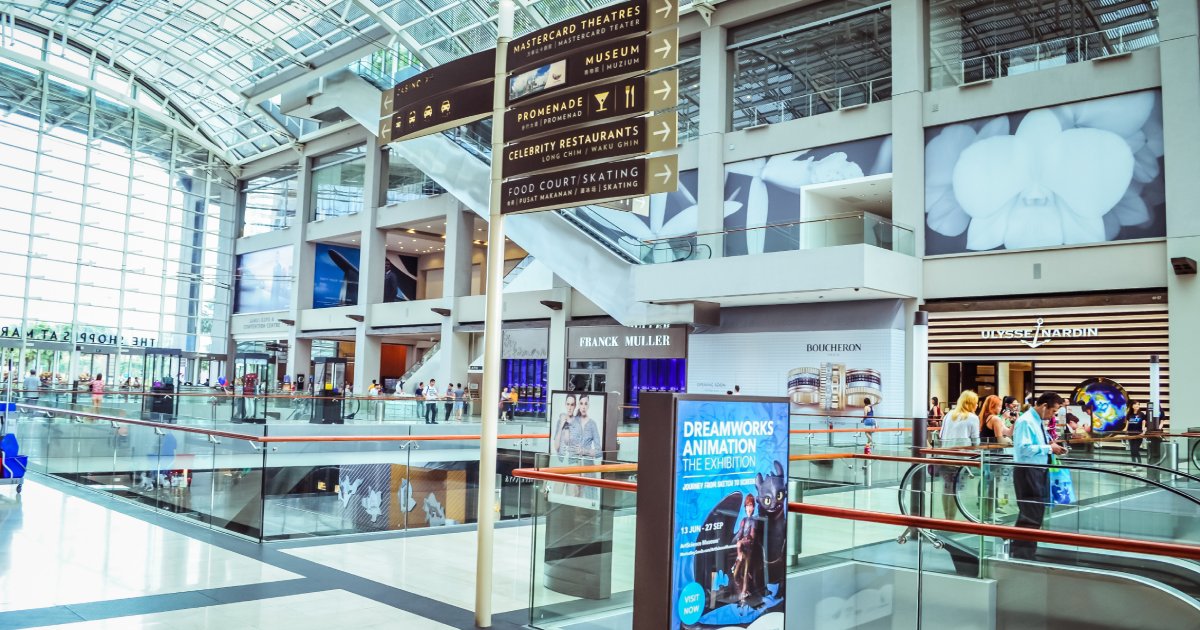
Retailers Proceed with Caution This Fall
Caution is the watchword as retailers prepares for the fall and holiday selling seasons.
With many licensees and retailers having struggled with excess inventory across multiple categories in 2022, they’re keeping a much tighter rein on purchase orders this year. The result has been a gradual clearing of excess stock, some of which will linger into the fall, licensing industry executives said.
How this might impact holiday sales remains to be seen. One factor is whether retail will be as promotional as it was a year ago, when deep discounts reigned at the same time as retailers were faced with wholesale price increases. In some cases, retailers are “running below target” for stock levels, but aren’t taking in new inventory, said Arpine Kocharian, Executive Director at UBS.
“We are continuing to see retail take a cautious attitude towards inventory, both now and as they project the holiday season,” said Jakks Pacific CEO Stephen Berman. Jakks sold around 300,000 units of the Fire Breathing Bowser figures tied to the new Super Mario Bros. film, which was released in April, and is now readying a Snow Elsa doll to mark the 10th anniversary of the Frozen film’s release. “Nearly all retailers, to a varying degree, are being conservative with their buys now and are looking towards the back half. Retailers are carefully watching their margins and being more comfortable with the prospect of running out of stock [rather] than risking being in deep inventory,” Berman said.
Those concerns come despite suppliers having slashed inventory. Mattel’s Q2 inventory was “down in the double digits” ($971.6 million) compared to a year earlier, Mattel executives said. And Jakks’ Q2 inventory was reduced 10-15% ($65 million) from the previous quarter, Berman said.
Skechers’ inventory decreased 18% from December, but North American sales declined 19% in Q2 due to “domestic challenges,” Chief Operating Officer David Weinberg said. The company’s average selling price rose 8% due partly to imposing wholesale price increases a year ago, Weinberg said. But unit shipments fell 13%, despite the launch of a Rolling Stones collaboration, he said.
“There has been a big shift in what has worked from a studio point of view in terms of over shipping, getting caught with inventory, and some brands just not working,” said PhatMojo President Bill Graham, whose company is planning to ship collectibles based on Roblox properties including LightningSplash’s Doors and Euphoric Brothers’ Gartan of BanBan this fall. “Some things that might have been reliable over the years are just not thriving as much anymore. There is a much narrower landing strip for studio properties to work with [given the competition from streaming services].”
That shift is forcing the industry to test out new strategies. For example, Puma is sharpening its focus on performance apparel and footwear rather than on lifestyle items, Puma CEO Arne Freundt said. To underscore this renewed emphasis of performance products, Puma is readying the return of its collaboration with singer Rihanna and her Fenty brand. The collaboration first launched in 2017, but got bogged down with a lawsuit accusing Forever 21 of copyright and trade dress infringement. Puma is also “rebalancing” the amount of product it sells through off-price retailers, said Freundt.
For its part, Skechers is forecasting its sales will reach $10 billion by 2026 (up from $8.1 billion this year) as it continues to focus on direct-to-consumer sales increase through its 4,705 company-owned and third-party stores, Weinberg said.
And Mattel has plans to use the Barbie movie as a blueprint for creating a “cultural moment” and driving sales for other brands, including Barney, Hot Wheels, and Polly Pocket. It is forecasting “significant growth” in the Barbie brand in the second half of 2023, despite it having posted a 7% sales decline in Q2. The second quarter didn’t include much revenue from the film, which was released July 21, CFO Anthony DiSilvestro said. Overall, there was a “softness” in toy sales in Q2, but that’s expected to pick speed in the second half, he said.
“We believe that consumers are deferring some of their current purchases and intend to spend more in the second half and the holiday season,” DiSilvestro said. “That’s why we are calling for a positive holiday season, with the inventory correction now behind us.”

















